12+ Medical Genogram Examples to Download
‘It runs in the family,’ that saying rings true when it comes to this particular topic. According to an article by Genetics Home Reference families have a lot of things in common like lifestyle, environment and of course genetics. These can give a lot of insight to your patient’s health and that is the main purpose of a medical genogram. These visual diagrams can help identify family medical conditions such as diseases and mental health issues. Awareness of these things can give people the heads up they need in order to stay healthy or get the right treatment for their condition.
12+ Medical Genogram Examples in PDF | MS Word
1. Medical Genogram Template
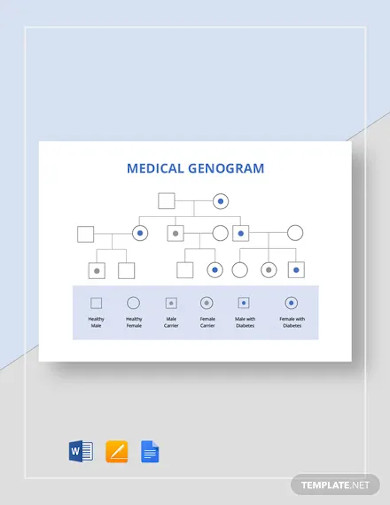
2. Medical Genogram Example
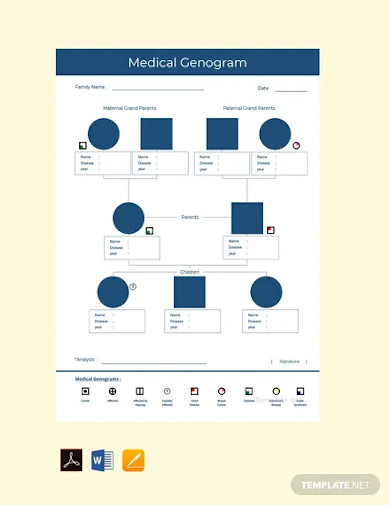
3. Family Genogram in General Medicine Sample
4. Medical Ethical Genogram Questionnaire
5. Sample Medical Genogram
6. Medical Genograms and Ecomaps
7. Lung Cancer and Medical Genogram
8. Medical Constructing of a Genogram
9. Medical Genogram Technology
10. Medical Metaphoric Generative Genograms
11. Family Genogram in the Pediatric Clinic
12. Simple Medical Genogram
13. Basic Medical Genogram
What is a Medical Genogram?
A medical genogram is a visual diagram that displays a family tree along with their medical conditions indicated along with their names. These genograms in particular are used to determine a family’s medical history to determine the health conditions of the current family members and future generations. A lot of medical conditions such as diabetes and cancer are hereditary and genetic. That is why medical genograms are quite the reliable tools for medical professionals to use for determining a diagnosis for their patients.
How to Create a Medical Genogram
In order to have a better understanding of a patient’s medical history through the genogram you have to make sure you got all the accurate information from them. You will also have to know your symbols and legend in order to organize all the information into a coherent visual diagram. If you are wondering where you can start in making a medical genogram continue reading to find out.
1. Look Into Your Patient’s personal History
To get started in finding out your patient’s family history you need to find out about their own health first. Have them submit their medical records and see if there is any pattern to them. Take note as well of their personal stats like their weight, height, vision, and other check ups. Other ways you can gather information is by interviewing or running tests on them. Once you have those it will be a lot easy for you to create a medical genogram since you have all the relevant information for your patient.
2. Take Note of the Relationships
In order to get an accurate reading from your medical genogram you have to take note of the details of the family’s relationships. Knowing who is related directly to who allows you to understand your patient’s medical condition a lot better. You have to know whether your patient’s parents are directly related to both of them, just one or is adopted. Knowing this can mean you can tell whether a medical condition is based on genetics or a shared lifestyle which will allow you to draw the right conclusions. For example, while depression is hereditary it can still be triggered when both non-related family members have the same experiences.
3. Collect Family Medical Information
A medical genogram is not complete without information on the family members. Compile every medical record you can obtain in order to organize into the genogram. You can add up to three generations worth of family members to have more sources of patterns to look into.
4. Organize and Double Check
When organizing all the family‘s connections and medical history make sure that it is all done well. Use the correct symbols and appropriate lines so that it will be easy to understand who has what medical condition. Use the correct colors when indicating a medical condition because the wrong color can give an inaccurate reading. Double check everything before presenting it.
FAQs
What makes a family tree different from a medical genogram?
While they are similar in design and presentation, a genogram gives more specific information about the family and their relationships. A family tree only shows the names and connections of the members. Medical genograms make use of specific symbols and lines to denote family relations along with their health conditions. This makes them more informative compared to family trees.
What is the usual contents of a medical genogram?
It is standard to include at least three generations of your family. From there you include specific symbols to indicate your family members and connect them with lines specific to their relationship.
What do the symbols in a medical genogram mean?
The symbols on the genogram are all meant to represent the gender and status of the family member. A square is usually reserved for the males and a circle for the females. Medical genograms include colors as well to indicate the medical conditions of the members to know whether they have a disease, a defect, or an illness.
What reasons would you use a medical genogram?
Medical genograms can help educate someone of their family’s medical history. With their awareness they can take precautions to avoid any hereditary medical conditions or get treatment immediately. Overall it promotes better understanding of a person’s health.
Medical genograms can give a lot of insight on the dynamics of a person’s health, family lifestyle, and history. Interestingly enough while genetic testing is done in the United States, based on a study by Statista one of the main reasons they do so is to discover their distant relatives and ancestry. Determining hereditary medical conditions is one of the least reasons why people get genetically tested. Perhaps this will change in the near future since the world has shifted into becoming more health conscious nowadays.
12+ Medical Genogram Examples to Download
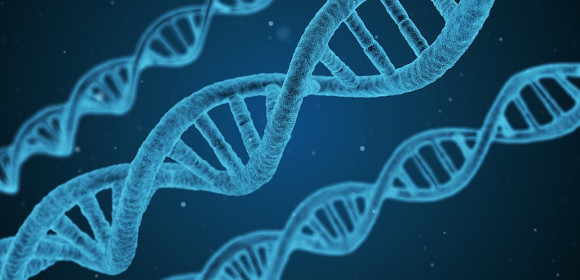
‘It runs in the family,’ that saying rings true when it comes to this particular topic. According to an article by Genetics Home Reference families have a lot of things in common like lifestyle, environment and of course genetics. These can give a lot of insight to your patient’s health and that is the main purpose of a medical genogram. These visual diagrams can help identify family medical conditions such as diseases and mental health issues. Awareness of these things can give people the heads up they need in order to stay healthy or get the right treatment for their condition.
12+ Medical Genogram Examples in PDF | MS Word
1. Medical Genogram Template

Details
File Format
MS Word
Pages
Google Docs
2. Medical Genogram Example

Details
File Format
MS Word
Pages
PDF
3. Family Genogram in General Medicine Sample
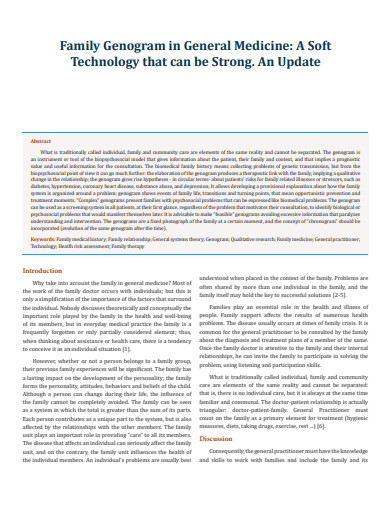
crimsonpublishers.com
Details
File Format
PDF
Size: 546 KB
4. Medical Ethical Genogram Questionnaire
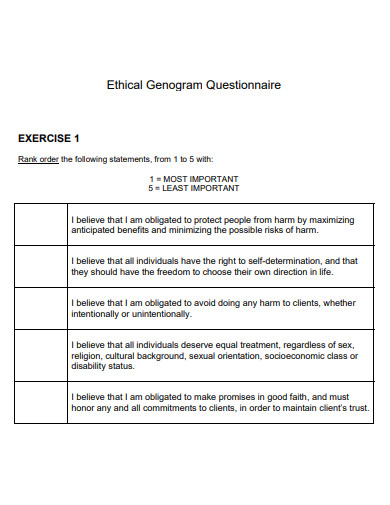
burtbertram.com
Details
File Format
PDF
Size: 15 KB
5. Sample Medical Genogram

template.net
Details
File Format
PDF
Size: 33 KB
6. Medical Genograms and Ecomaps
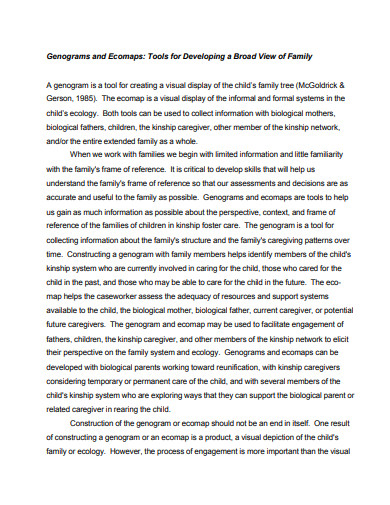
tnchildren.org
Details
File Format
PDF
Size: 300 KB
7. Lung Cancer and Medical Genogram
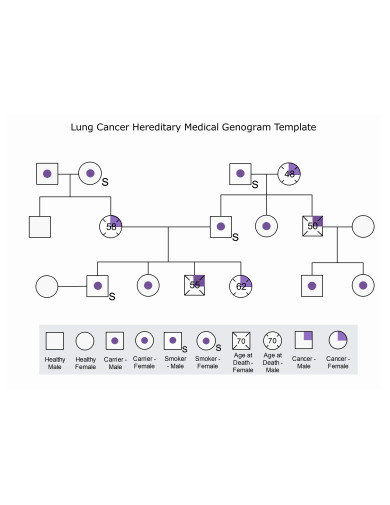
edrawsoft.com
Details
File Format
PDF
Size: 180 KB
8. Medical Constructing of a Genogram
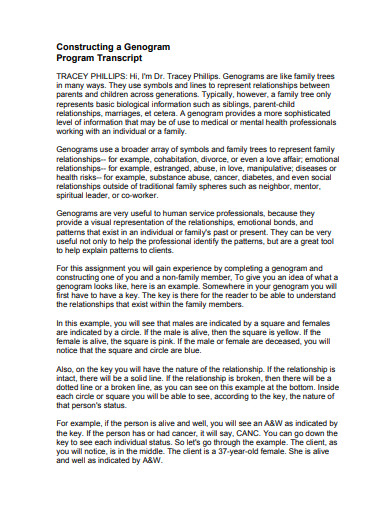
laureate.net
Details
File Format
PDF
Size: 57 KB
9. Medical Genogram Technology
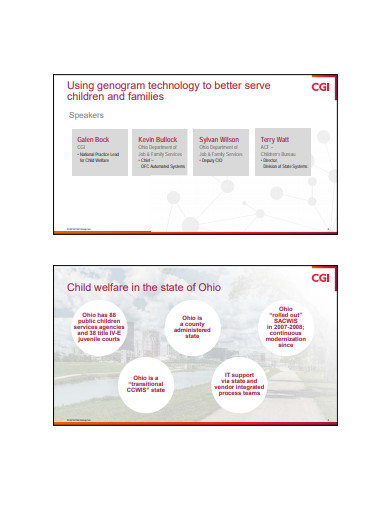
mapyourshow.com
Details
File Format
PDF
Size: 562 KB
10. Medical Metaphoric Generative Genograms
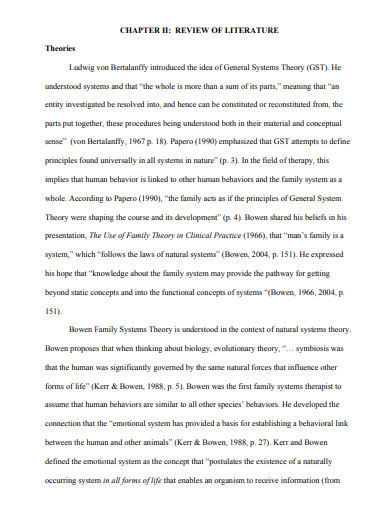
nsuworks.nova.edu
Details
File Format
PDF
Size: 899 KB
11. Family Genogram in the Pediatric Clinic
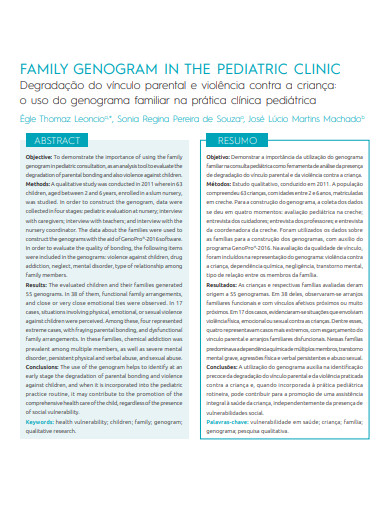
amazonaws.com
Details
File Format
PDF
Size: 120 KB
12. Simple Medical Genogram
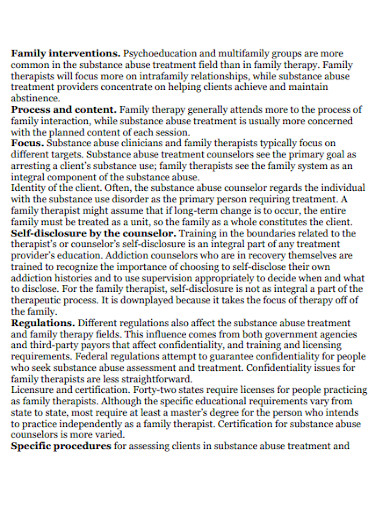
umb.edu
Details
File Format
PDF
Size: 59 KB
13. Basic Medical Genogram
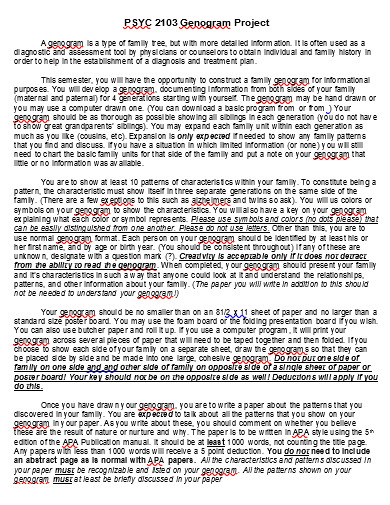
psycdweeb.weebly.com
Details
File Format
MS Word
Size: 10 KB
What is a Medical Genogram?
A medical genogram is a visual diagram that displays a family tree along with their medical conditions indicated along with their names. These genograms in particular are used to determine a family’s medical history to determine the health conditions of the current family members and future generations. A lot of medical conditions such as diabetes and cancer are hereditary and genetic. That is why medical genograms are quite the reliable tools for medical professionals to use for determining a diagnosis for their patients.
How to Create a Medical Genogram
In order to have a better understanding of a patient’s medical history through the genogram you have to make sure you got all the accurate information from them. You will also have to know your symbols and legend in order to organize all the information into a coherent visual diagram. If you are wondering where you can start in making a medical genogram continue reading to find out.
1. Look Into Your Patient’s personal History
To get started in finding out your patient’s family history you need to find out about their own health first. Have them submit their medical records and see if there is any pattern to them. Take note as well of their personal stats like their weight, height, vision, and other check ups. Other ways you can gather information is by interviewing or running tests on them. Once you have those it will be a lot easy for you to create a medical genogram since you have all the relevant information for your patient.
2. Take Note of the Relationships
In order to get an accurate reading from your medical genogram you have to take note of the details of the family’s relationships. Knowing who is related directly to who allows you to understand your patient’s medical condition a lot better. You have to know whether your patient’s parents are directly related to both of them, just one or is adopted. Knowing this can mean you can tell whether a medical condition is based on genetics or a shared lifestyle which will allow you to draw the right conclusions. For example, while depression is hereditary it can still be triggered when both non-related family members have the same experiences.
3. Collect Family Medical Information
A medical genogram is not complete without information on the family members. Compile every medical record you can obtain in order to organize into the genogram. You can add up to three generations worth of family members to have more sources of patterns to look into.
4. Organize and Double Check
When organizing all the family‘s connections and medical history make sure that it is all done well. Use the correct symbols and appropriate lines so that it will be easy to understand who has what medical condition. Use the correct colors when indicating a medical condition because the wrong color can give an inaccurate reading. Double check everything before presenting it.
FAQs
What makes a family tree different from a medical genogram?
While they are similar in design and presentation, a genogram gives more specific information about the family and their relationships. A family tree only shows the names and connections of the members. Medical genograms make use of specific symbols and lines to denote family relations along with their health conditions. This makes them more informative compared to family trees.
What is the usual contents of a medical genogram?
It is standard to include at least three generations of your family. From there you include specific symbols to indicate your family members and connect them with lines specific to their relationship.
What do the symbols in a medical genogram mean?
The symbols on the genogram are all meant to represent the gender and status of the family member. A square is usually reserved for the males and a circle for the females. Medical genograms include colors as well to indicate the medical conditions of the members to know whether they have a disease, a defect, or an illness.
What reasons would you use a medical genogram?
Medical genograms can help educate someone of their family’s medical history. With their awareness they can take precautions to avoid any hereditary medical conditions or get treatment immediately. Overall it promotes better understanding of a person’s health.
Medical genograms can give a lot of insight on the dynamics of a person’s health, family lifestyle, and history. Interestingly enough while genetic testing is done in the United States, based on a study by Statista one of the main reasons they do so is to discover their distant relatives and ancestry. Determining hereditary medical conditions is one of the least reasons why people get genetically tested. Perhaps this will change in the near future since the world has shifted into becoming more health conscious nowadays.

